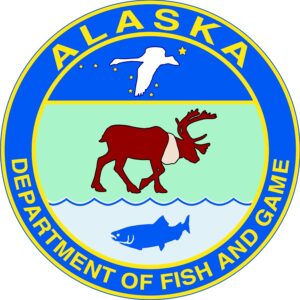
The Alaska Board of Fisheries in mid-March approved a Nushagak District king salmon stock of concern management plan to provide management tools and guidelines that aim for sustained yield of king salmon stocks large enough to meet sustainable escapement goals.
The substitute language included in record copy (RC) 53, requested by board member Tom Carpenter of Cordova, allows for harvest opportunity by commercial, sport and subsistence users. The plan is expected to remain in effect until the king salmon escapement is within the escapement goal for three or more years.
Veteran Bristol Bay harvester Fritz Johnson of Dillingham said his fear is that whatever’s impacting king salmon abundance around the state has spread to the Nushagak.
“It’s encouraging to see the research plan outlined by Bristol Bay Science and Research Institute (BBSRI),” Johnson, a former Board of Fisheries member, said. “In the short term, I hope the protections the board adopted sets the stage for Nushagak kings’ recovery, because the remedy could be really expensive for the sockeye fishery.”
Language in RC 53 calls for the Alaska Department of Fish & Game to manage commercial fisheries in the Nushagak District to achieve an in-river goal of 95,000 king salmon in the river. Language in RC 54, also included in the substitute proposal, said that if the total in-river king salmon return to the Nushagak is projected to exceed 95,000 fish that the department consider a directed commercial king salmon fishery.
During the Anchorage meeting, which concluded March 13, the board also received a preliminary draft report from Michael Link of the BBSRI outlining a 10- to 20-year effort to build and sustain a stock assessment program for all species of salmon from rivers that flow into Nushagak Bay.
When finalized, the plan is expected to represent a collaborative effort between ADF&G, BBSRI and interested stakeholders. The proposal was prepared through a collaborative effort of fisheries managers and research biologists familiar with all aspects of salmon management and the regulatory environment in Alaska and in Bristol Bay.
